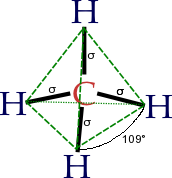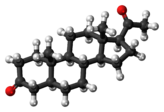Organic Chemistry book
Organic chemistry book- Solution and manual
Organic chemistry is the chemistry subdiscipline for the scientific study of structure, properties, and reactions of organic compounds and organic materials (materials that contain carbon atoms).[1] Study of structure determines their chemical composition and formula. Study of properties includes physical and chemical properties, and evaluation of chemical reactivity to understand their behavior. The study of organic reactionsincludes the chemical synthesis of natural products, drugs, and polymers, and study of individual organic molecules in the laboratory and via theoretical (in silico) study.
The range of chemicals studied in organic chemistry include hydrocarbons (compounds containing only carbonand hydrogen), as well as compounds based on carbon, but also containing other elements,[1][2][3] especially oxygen, nitrogen, sulfur, phosphorus (included in many biochemicals) and radiostable elements of the halogens.
In the modern era, the range extends further into the periodic table, with main group elements, including:
- Group 1 and 2 organometallic compounds involving alkali (lithium, sodium, and potassium) or alkaline earth metals (magnesium)
- Metalloids (boron and silicon) or other metals (aluminium and tin)
In addition, contemporary research focuses on organic chemistry involving other organometallics including the lanthanides, but especially the transition metals zinc, copper, palladium, nickel, cobalt, titanium and chromium
Organic compounds form the basis of all earthly life and constitute the majority of known chemicals. The bonding patterns of carbon, with its valence of four—formal single, double, and triple bonds, plus structures with delocalized electrons—make the array of organic compounds structurally diverse, and their range of applications enormous. They form the basis of, or are constituents of, many commercial products including pharmaceuticals; petrochemicals and agrichemicals, and products made from them including lubricants, solvents; plastics; fuels and explosives. The study of organic chemistry overlaps organometallic chemistry and biochemistry, but also with medicinal chemistry, polymer chemistry, and materials science.[1]
Here is the link for book:
You can follow me on social media for more updates. The links are here:
Facebook: https://www.facebook.com/KsriPravin
Twitter: https://twitter.com/KsriPravin




Comments
Post a Comment